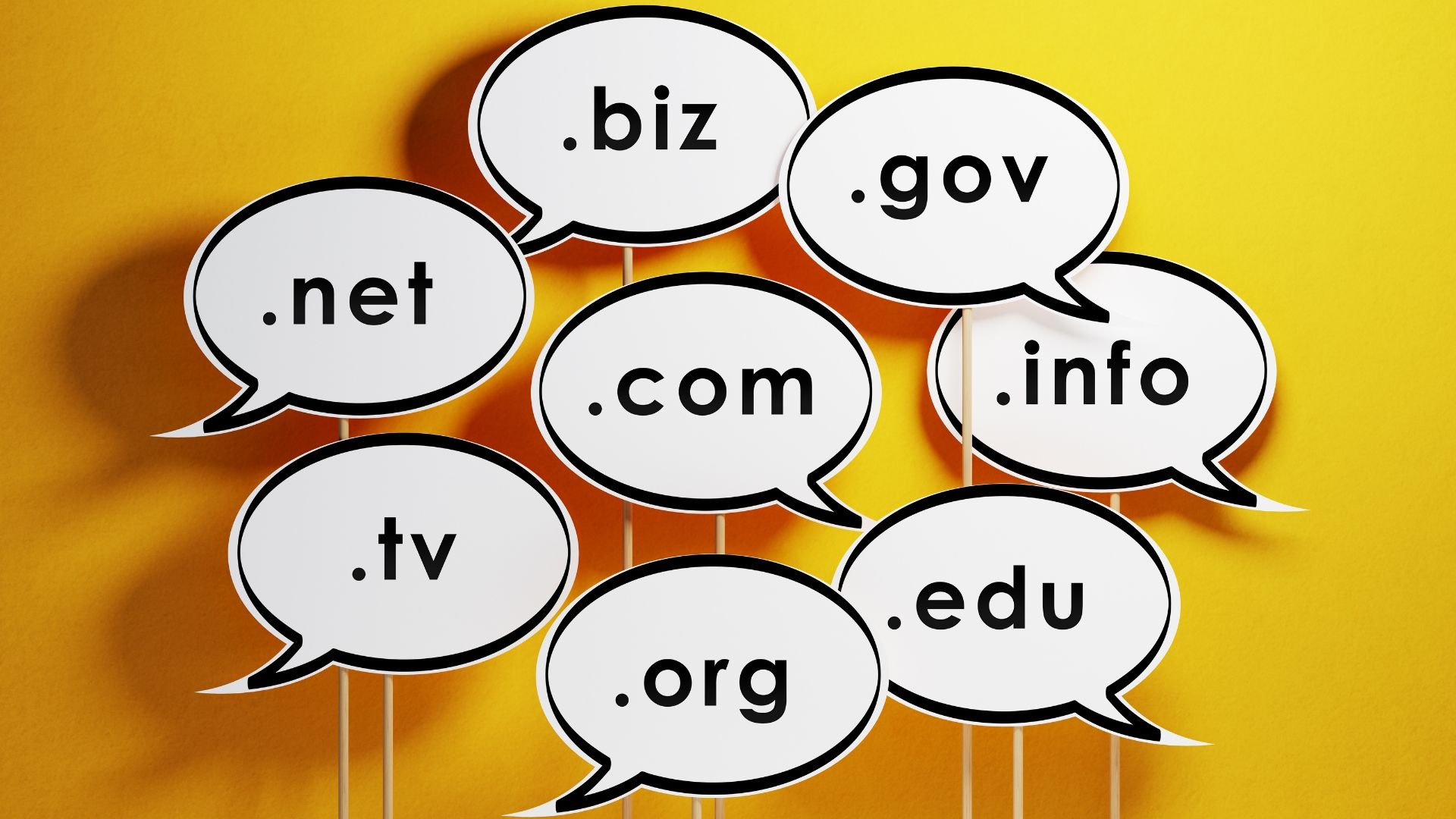Search Engine Optimization (SEO) has proven to be one of the best digital marketing strategies for boosting long-term brand exposure. It remains relevant, especially today, and has actually regained attention as more companies choose to prioritize their online presence.
Search Engine Optimization (SEO) has proven to be one of the best digital marketing strategies for boosting long-term brand exposure. It remains relevant, especially today, and has actually regained attention as more companies choose to prioritize their online presence. If your business’s SEO strategy is not yet well-defined, it’s certainly better to get started sooner rather than later.
The first question to ask is whether or not to employ an agency to help implement your SEO strategy. The cost associated with this partnership will influence your decision, so it’s in your best interest to understand the most appropriate model for your specific needs. The following are three major types of SEO packages according to their cost-structure.
Project-Based
Project-based SEO is a fairly common pricing model. It depends largely on the overall scope of the project in question. With this plan, businesses can choose a specific SEO service that they want to focus on, like audits or content planning. This model has a clear start and end date, often set long before the actual project begins; therefore, it’s popular for work that requires less ongoing maintenance.
Pay-for-Performance
Pay-for-performance models are usually seen as highly efficient due to the ROI that they promise. After all, who doesn't want a solid return on their marketing investment? Performance-based pricing guarantees executives that their SEO strategy will generate some positive results. In this arrangement, businesses are often required to pay a nominal setup fee. After this initial kickoff, payment is only expected following explicit, agreed-upon results. These results are most commonly first-page ranking for certain keywords, which is always desirable, as over 90% of web traffic goes to the first page of search results. Similar to project-based pricing, the average cost for a performance-based SEO service will depend on the scope of the project and the complexity of the business's niche.
Monthly or Hourly
Monthly or hourly pricing is a great way for most businesses to begin deploying their SEO process. With this method, services are usually contracted on a 3, 6, or 12 month basis. This structure is excellent whether you’re just getting started, or have completely mapped out your SEO strategy and have a clear set of goals. Additionally, hourly SEO pricing models allow businesses to dip their toes into this area without committing to long-term or project-based contracts.
Unfortunately, there is no exact industry standard for SEO prices. While one firm may charge $500 per month, another could propose $5,000 per project, and the results can be somewhat subjective, especially if you’re new to this field. The topic of cost will always be tricky when it comes to SEO; however, with the variety of models and providers, now businesses can more easily find the right strategy for their price point.
Cost will always factor into any marketing decision, but it’s just as important to work only with those you trust. There are countless stories about overeager executives choosing the wrong SEO provider who didn't provide regular reports, produce a measurable ROI, or deliver as promised. In our humble opinion, finding the right marketing agency shouldn’t feel like a high-stakes gamble.
At True North Technologies, we understand the tremendous value of all digital marketing strategies, including SEO. In fact, we’ve explored this topic extensively in other blog posts, as well as in our True SEO eBook. For more information on SEO, we highly recommend these free resources to you. If you’re interested in using search engines like Google to start boosting your company’s online exposure, please don’t hesitate to contact us or schedule a meeting. It’s our goal to help you leverage the awesome potential of the Internet to grow your business in the 21st century.
Latest Posts



